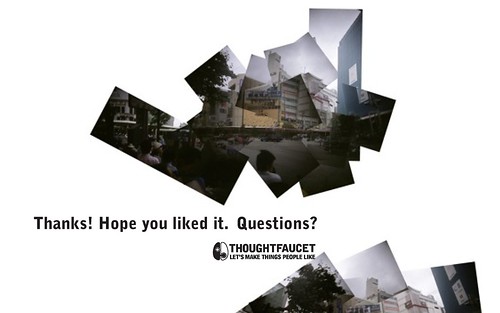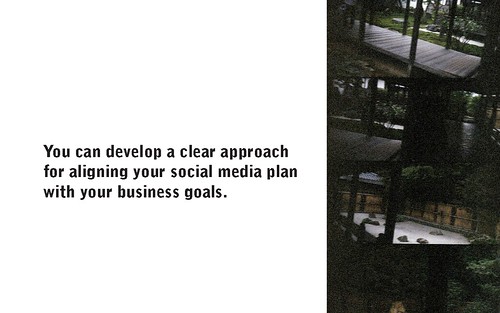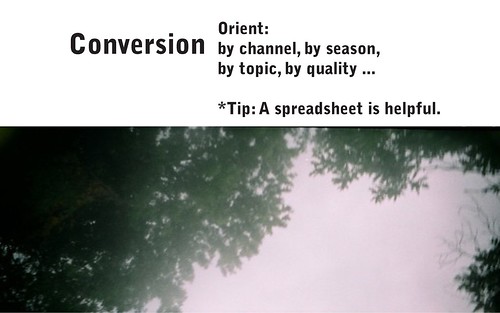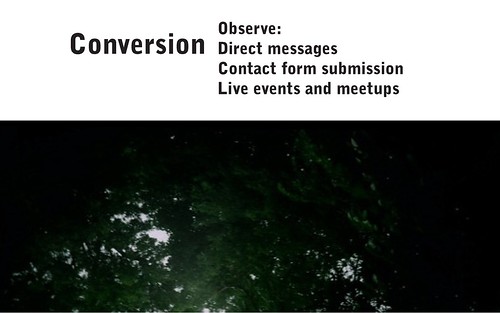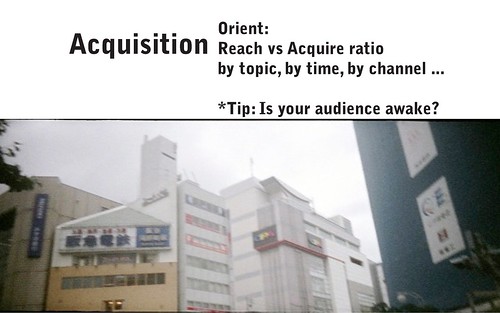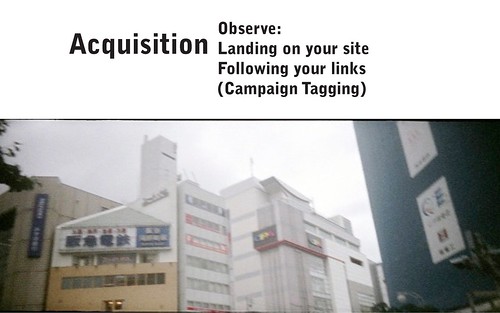
I made and performed the sound effects for the July 2nd show of the Queen City Radio Hour. It was a lot of fun to do. You know, growling like a wolverine into a microphone in front of a thousand people.
When the Burlington’s Champlain Quadricentennial producer Jay Craven asked me to participate in the show I was psyched. The performance features Tom Bodett, Gary Farmer, Tantoo Cardinal, Rusty DeWees, Abby Paige, Henriette Mantel and others. It was also the first official U.S. performance of the Quebec’s The Lost Fingers.
Judging from in-person comments and web references, it looks like we made things people like.
The show will air on Vermont Public Radio in early August.

